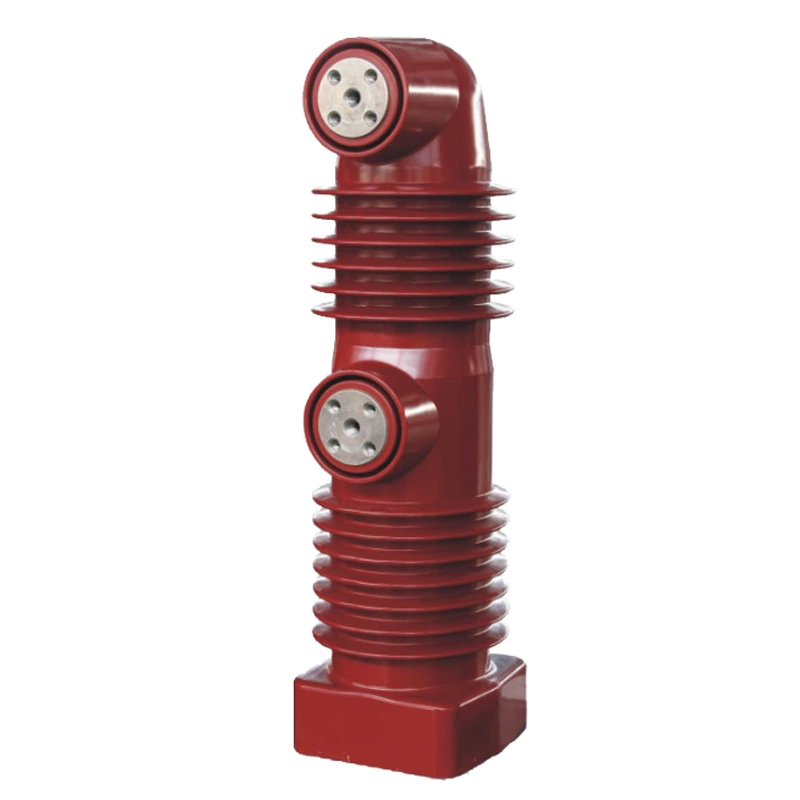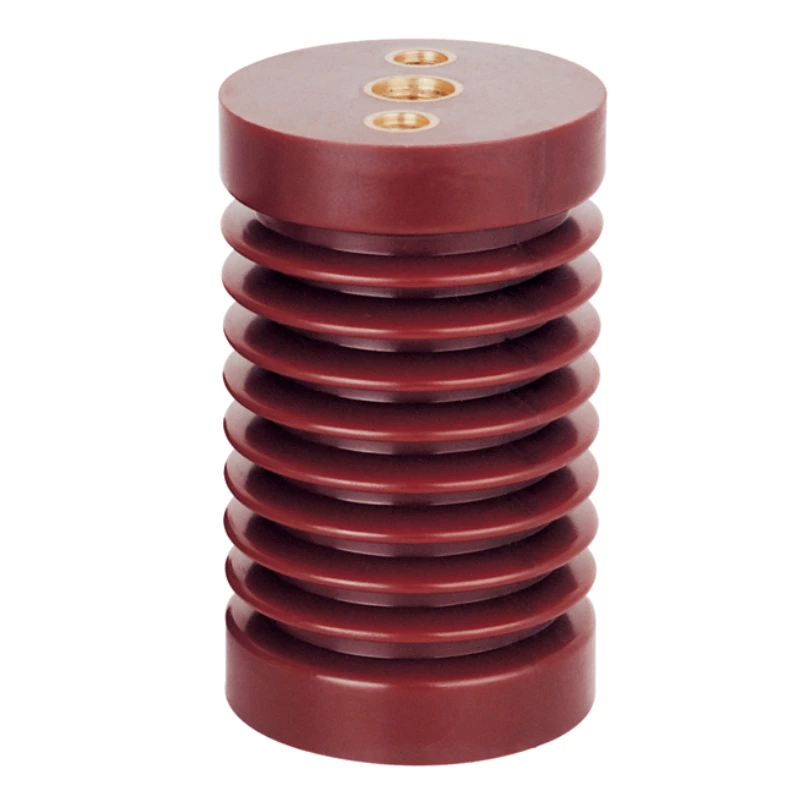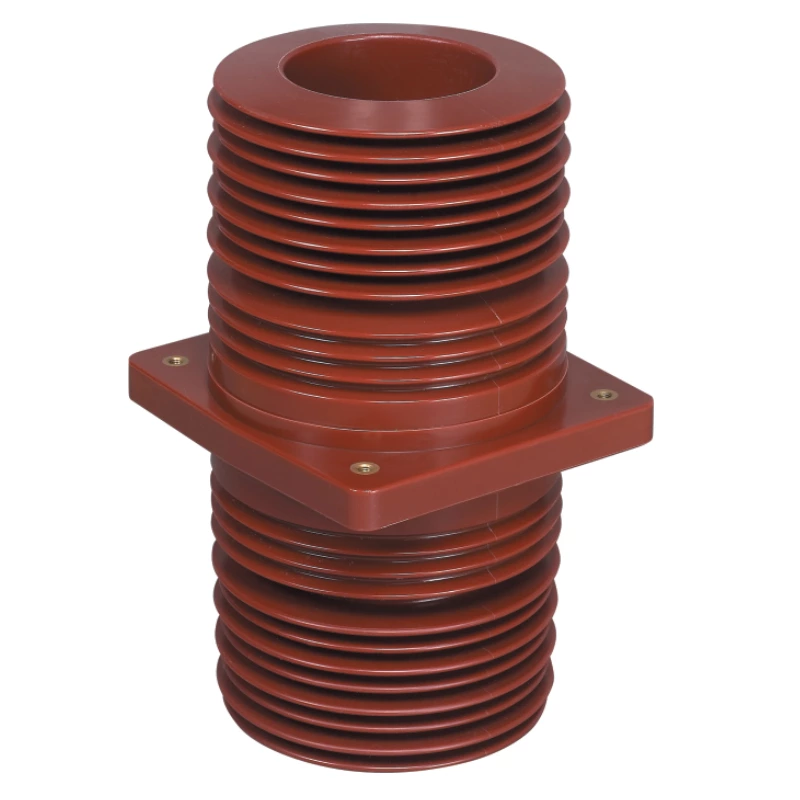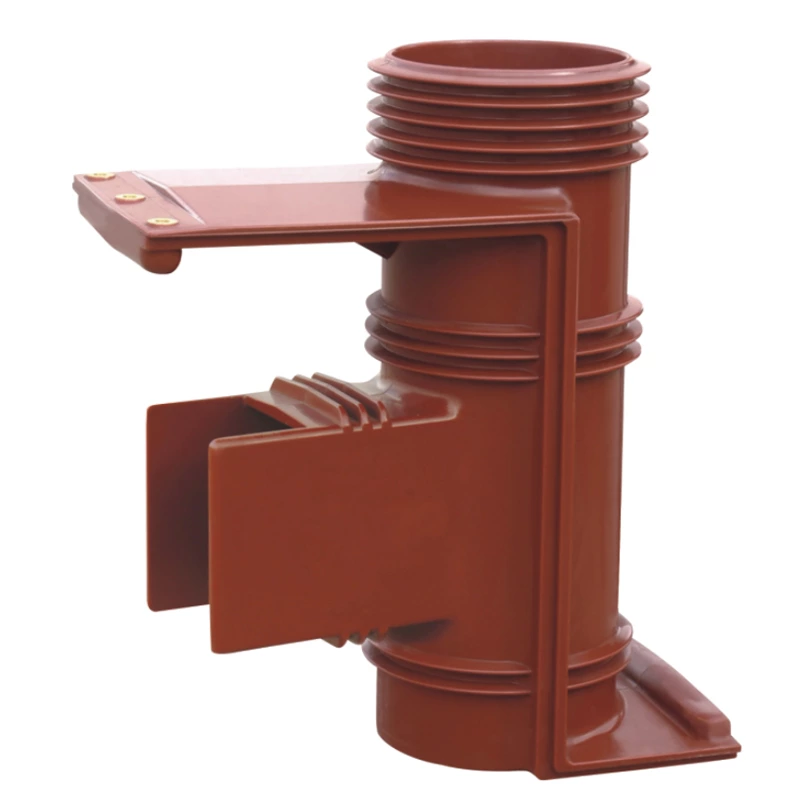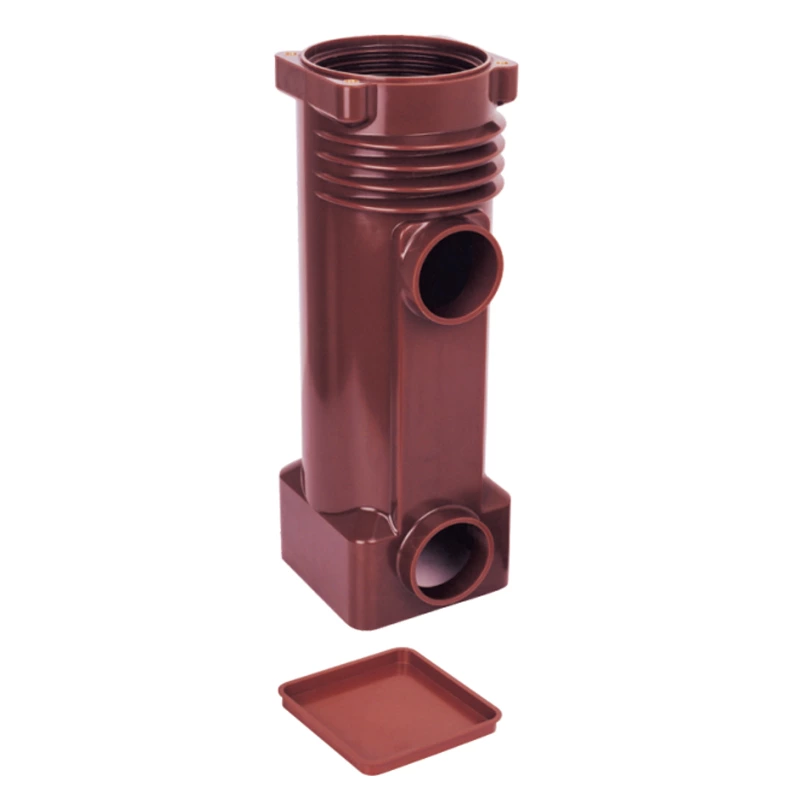Selection And Bonding Issues Of Buffer Layer For Sealed Pole
The expansion coefficients of the arc extinguishing chamber shell and epoxy resin are different. Internal stress will be generated during the production process, causing the product to crack. Therefore, a layer of flexible material is wrapped between the arc extinguishing chamber and the epoxy resin as a buffer layer to reduce internal stress and prevent the product from cracking due to internal stress. The buffer material must have high insulation strength and toughness, and must be resistant to high temperatures. It can play a buffering role, and will not reduce the insulation due to high temperature aging. The introduction of the buffer layer makes the insulation outside the arc extinguishing chamber become a composite insulation composed of three materials: ceramic, buffer layer and epoxy resin. The three materials have different dielectric constants. Discharge between different insulating dielectric layers will occur during testing or operation, causing accelerated aging of the insulation or even breakdown. Solving the bonding strength problem between the arc extinguishing chamber shell and the buffer layer, and between the buffer layer and the epoxy resin interface should be paid great attention in the production of Embedded Pole. This requires the introduction of an adhesive to enable reliable bonding between various interfaces, so that the composite insulation becomes a whole to ensure the reliability of insulation. If the bonding problem between interfaces of different materials is not properly handled, discharge between interfaces may occur during product testing or operation, and even the arc extinguishing chamber may be punctured.
